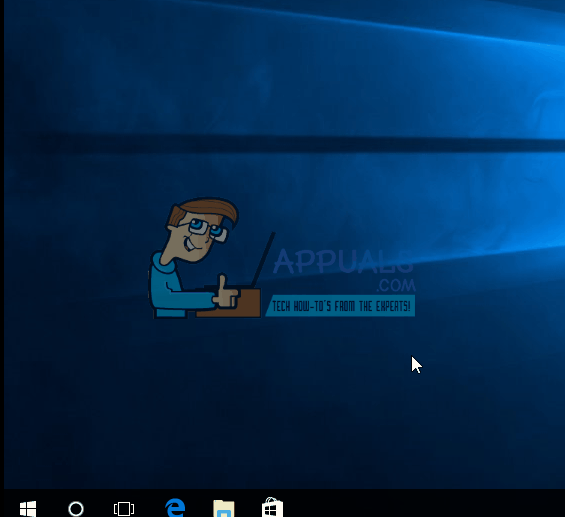Drivers Irql Not Less Or Equal Windows 10
Bug Check 0xD1: DRIVER_IRQL_NOT_LESS_OR_EQUAL • • 2 minutes to read • Contributors • In this article The DRIVER_IRQL_NOT_LESS_OR_EQUAL bug check has a value of 0x000000D1. This indicates that a kernel-mode driver attempted to access pageable memory at a process IRQL that was too high. Important This topic is for programmers. If you are a customer who has received a blue screen error code while using your computer, see. DRIVER_IRQL_NOT_LESS_OR_EQUAL Parameters Parameter Description 1 Memory referenced 2 IRQL at time of reference 3 0: Read 1: Write 8: Execute 4 Address that referenced memory Cause A driver tried to access an address that is pageable (or that is completely invalid) while the IRQL was too high. This bug check is usually caused by drivers that have used improper addresses. If the first parameter has the same value as the fourth parameter, and the third parameter indicates an execute operation, this bug check was likely caused by a driver that was trying to execute code when the code itself was paged out.
Oct 28, 2015 I fix a Windows 10 error: DRIVER_IRQL_NOT_LESS_OR_EQUAL with redagards to NDIS.sys which usually is with regards to network drivers. Hello, every one out there. I was playing a game, nothing that was intense, and twice so far I received a IRQL_NOT_LESS_OR_EQUAL blue screen of death. I can use the.

Possible causes for the page fault include the following: • The function was marked as pageable and was running at an elevated IRQL (which includes obtaining a lock). • The function call was made to a function in another driver, and that driver was unloaded. • The function was called by using a function pointer that was an invalid pointer. Resolution The debug extension displays information about the bug check and can be very helpful in determining the root cause. For more information, see To start, examine the stack trace using the command.
If the problem is caused by the driver that you are developing, make sure that the function that was executing at the time of the bug check is not marked as pageable or does not call any other inline functions that could be paged out. If you are not equipped to use the Windows debugger to work on this problem, you can use some basic troubleshooting techniques. • Check the System Log in Event Viewer for additional error messages that might help identify the device or driver that is causing this bug check. • If a driver is identified in the bug check message, disable the driver or check with the manufacturer for driver updates.
• Confirm that any new hardware that is installed is compatible with the installed version of Windows. For example, you can get information about required hardware. • For additional general troubleshooting information, see.
Your PC ran into a problem that it couldn’t handle, and now it needs to restart. You can search for the error online: DRIVER_IRQL_NOT_LESS_OR_EQUAL ( epfwwfp.sys) Here, epfwwfp.sys term in the message is variable and actually represents the driver name, which has caused this error. This can be also treated as a hint to solve this problem because if you know the faulty driver name, you just have to remove it and the issue will get resolved. When you see this stop error for the very first time, you should go ahead with these general troubleshooting steps and see if the problem can be suppressed with them: • and check if problem gets resolved • • In case if issue still persists after trying these suggestions, follow these steps: FIX: DRIVER_IRQL_NOT_LESS_OR_EQUAL BSOD In Windows 10. 1. Boot into. Hit the Command Prompt entry at following screen: 2. Previous step will result in opening of Command Prompt at boot.
Select your admin account and enter your selected account password to continue. Now in the Command Prompt window, type following command and press Enter key: DEL /F /S /Q /A ' C: Windows System32 drivers ' *Substitute C:with your system root drive and with faulty driver name in you case. For example, if the driver name is epfwwfp.sys, we would run DEL /F /S /Q /A “C: Windows System32 drivers epfwwfp.sys” command. Close the Command Prompt and Continue to your operating system. Since you’ve deleted faulty driver in previous step, you would be able to boot Windows normally. Now your next target is reinstall the updated version of same driver but you’ll need detailed information about it.
For this, go to driver’s directory created by BSOD experts and Microsoft MVPs: 6. On the directory page, search for the same driver name which was mentioned in original stop error message. You’d be able to locate its vendor (refer screenshot below) and thus you can download driver from manufacturer’s site and hence reinstall it. Hope this helps! • Nukta If the driver name mentioned at BSOD is a system driver like ntkrnlpa, removing that using cmd would make your computer not boot at all. You would then need to repair using a repair disk.
So in short a dangerous advice • Kapil Arya ^^ It’s Windows Update related driver, and I believe there are very less chances that it will encounter such kind of BSOD errors. Thanks for advice though. • Raymundo Nunez Admin command prompt says access denied. Also, in driver directory, the WDIWIFI.sys source says windows update. What does that even mean? • Kapil Arya ^^ As Windows Update is causing this stop code, I suggest you to repair Windows Update components.